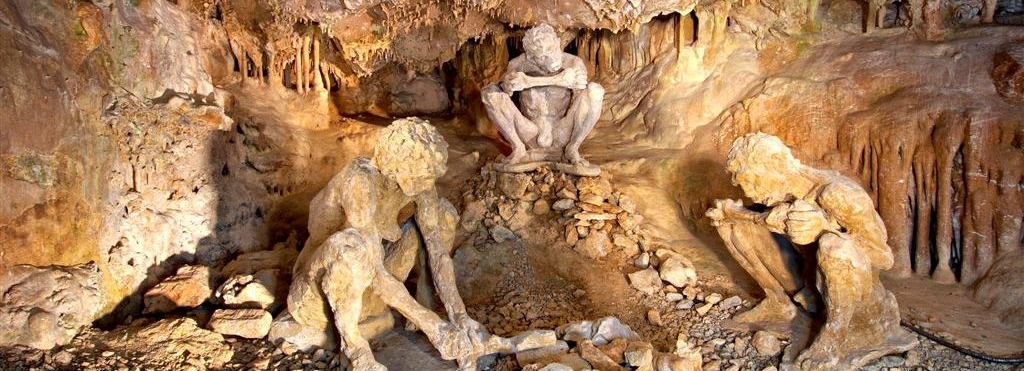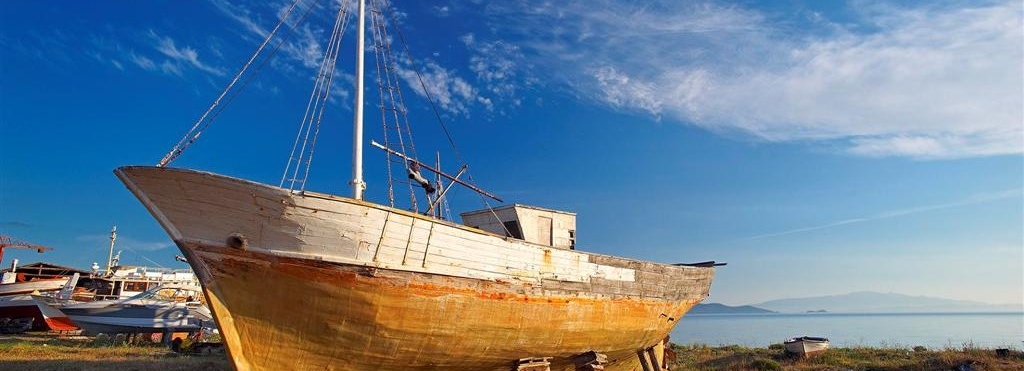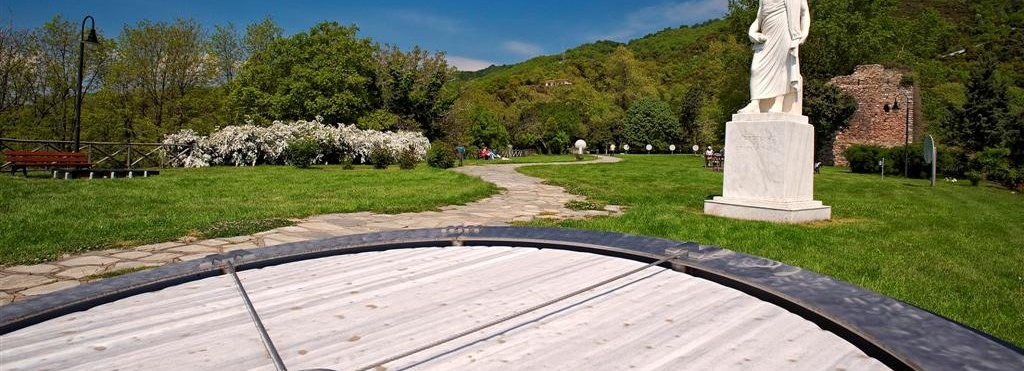FIFTH MONASTERY
High above the sea, on a narrow rock on the southwestern side of Athos, Saint Dionysus from Kastoria embarked in 1370AD on the grand design of establishing a new monastery. The initial group of supporters and assistants to this project were just his students, later to be joined by Emperor Alexios III Komnenos who will endow a considerable sum and an annual grand to the monastery. It is for this reason that the monastery was originally known as the “Monastery of Great Komnenos”, until the name of its founder prevailed and it thus became known as the Monastery of St. Dionysios. This policy of substantial aid was continued by the Dynasty of Paleologoi and later, during Ottoman rule, by several rulers in Moldova-Wallachia. The monastery will suffer extensive damages from a great fire in 1535 which will destroy its Catholicon. But a number of new benefactors, in the 17th century, will allow the monastery to rebuild the destroyed wings and to continue its operation. Amongst these important new benefactors some, like the Bishop of Heraklia Makarios and Ioannis Fragopoulos from Fanari will also serve as monks, dedicating themselves, as well as their fortune to the monastery. Due to its limited space, the monastery differs greatly from most monasteries on Mt. Athos. The great courtyard is here absent, as is the Phial. The monastery has many treasures and a great Library with manuscripts and printed volumes. Its treasures include the portable icon of Our Lady Akathistos. Tradition has it that this was the icon which Patriarch of Constantinople Sergius carried in procession on the walls of Constantinople during its siege by the Avars and the Slavs in 626AD. Its Catholicon celebrates the Birth of John the Baptist and is adorned by wonderful frescoes by Cretan Hagiographer Tzortzis, dating from 1547. Its library contains roughly 1.100 manuscripts, while some codices are decorated with splendid miniature paintings. Amongst the monastery’s many treasures there are Gospels, Crosses, pectoral crosses, woven vests, exquisite reliquaries, portable icons and many others.







